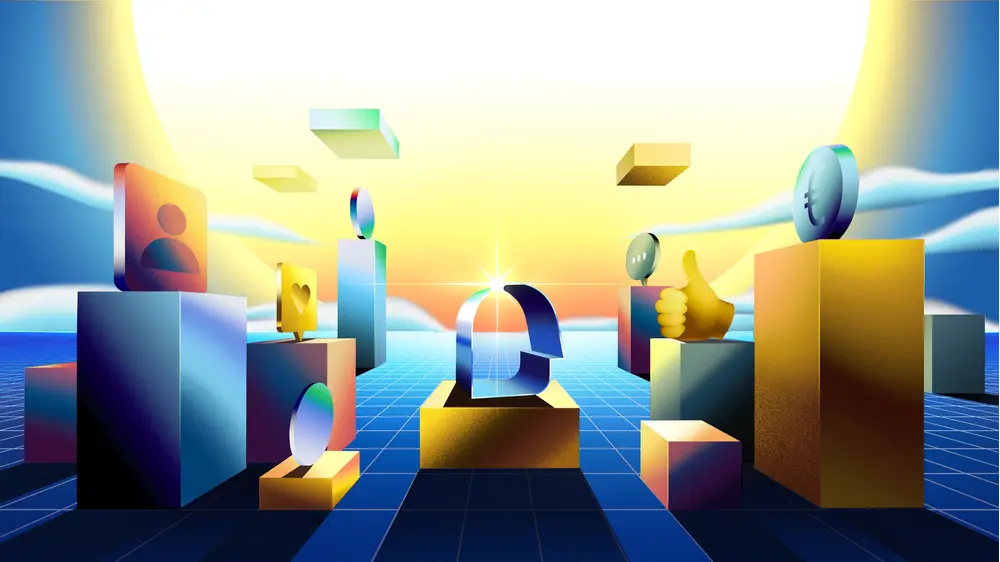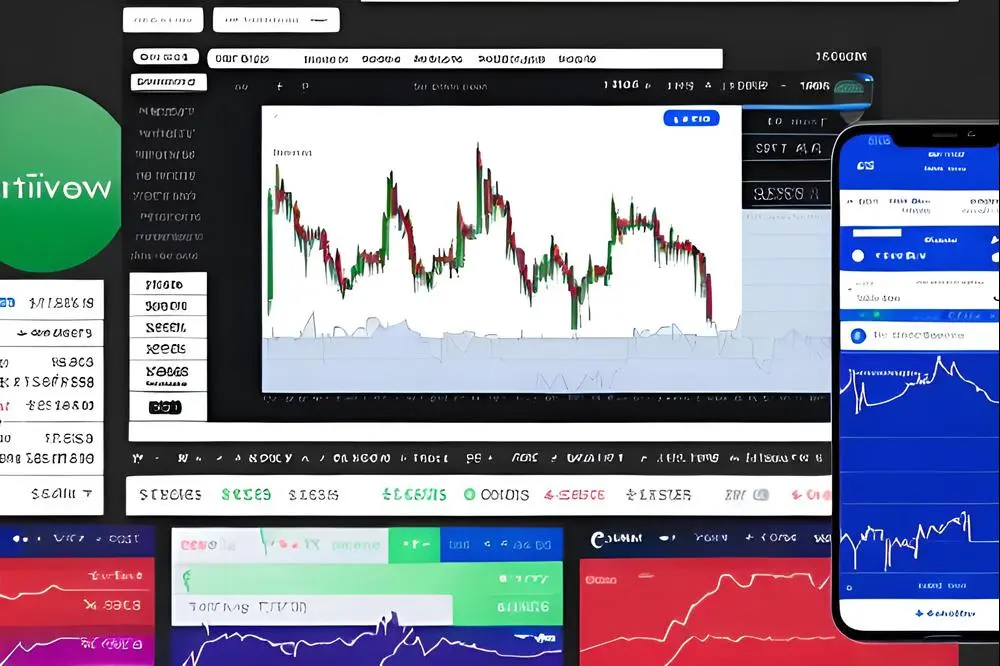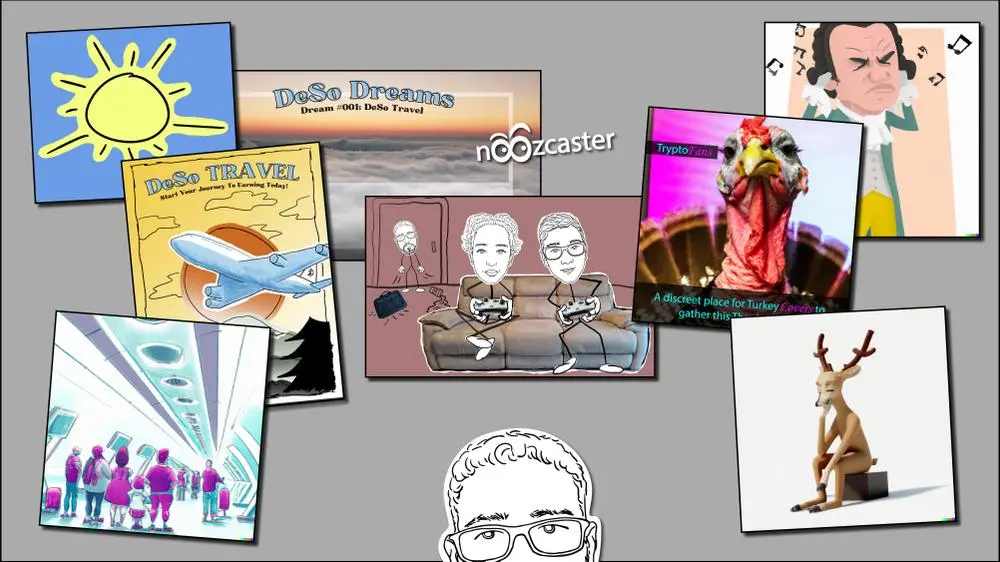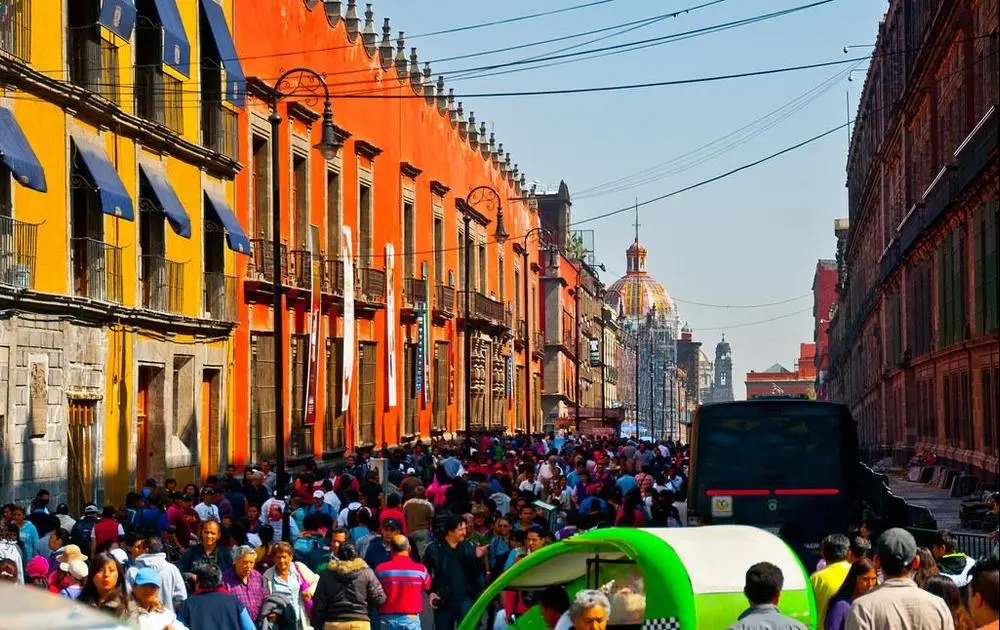Why I Moved into Web3 and Joined Decentralized Social
Leveraging blockchain to power the next phase of the creator-led internet

I just started as COO of Decentralized Social (DeSo), a web3 platform focused on empowering creators with more ownership and monetization opportunities for their content. DeSo has raised $200mm in funding from Sequoia, Andreesen Horowitz, Coinbase, and other leading investors.
After spending the last few years in web2 at Meta and Pinterest, I’ve grown increasingly interested in how the creator economy will evolve. Platforms like Instagram, YouTube, and TikTok have done an amazing job enabling millions of creators to reach fans around the world. Of course, today’s creators aren’t getting distribution deals with movie studios or news publishers. They’re trying to figure out creative ways to monetize indirectly, e.g. by adding affiliate links when platforms allow them to, all while building their social presence app by app, in silos. That’s what’s happening now; but how will creators make money going forward?
I think blockchain is a powerful technology that can transform the creator economy. Imagine if any creator could publish their content directly to the blockchain, and then a variety of apps/platforms could distribute that content globally. And, what if all social engagement actions and associations among users, creators, and content — such as followership — were stored on the blockchain and thus portable across platforms. This cross-platform blockchain layer would give creators a greater sense of ownership, and enable creators to take their content and communities of fans with them across the internet, which is not possible today.
This blockchain infrastructure is precisely what DeSo has built. DeSo has developed a layer-1 blockchain specifically to support content-rich use cases. DeFi blockchains are all enabling innovative financial use cases but they don’t support storing content or social engagement data on-chain, which is why to date we haven’t seen content moving to the blockchain.
Importantly, DeSo is being built with a focus on enabling creators to monetize and thrive. In publishing their content to the DeSo blockchain, creators will be able to apply subscription requirements and other gates, and build direct financial relationships with their fans. For example, creators could sell tokens which effectively act as cross-platform subscriptions, or NFTs that grant access to features such as VIP seats at a concert or smaller-group engagement forums (e.g. a live video-meetup where a subset of fans can get advice from a beauty influencer).
Over the last decade, we’ve seen a Cambrian Explosion in terms of the number and types of creators that have been able to gain popularity. Over the next decade, we’re going to see a transformation in how creators monetize their content and build more direct relationships with their fans. We’re already starting to see the industry move towards a more open and decentralized internet (see the latest on Meta’s creator-focused blockchain efforts and YouTube’s CPO highlight web3 as an important lever for the creator economy).
I’m excited to focus on the blockchain infrastructure that can serve as an accelerant towards this vision of the creator-led internet.


